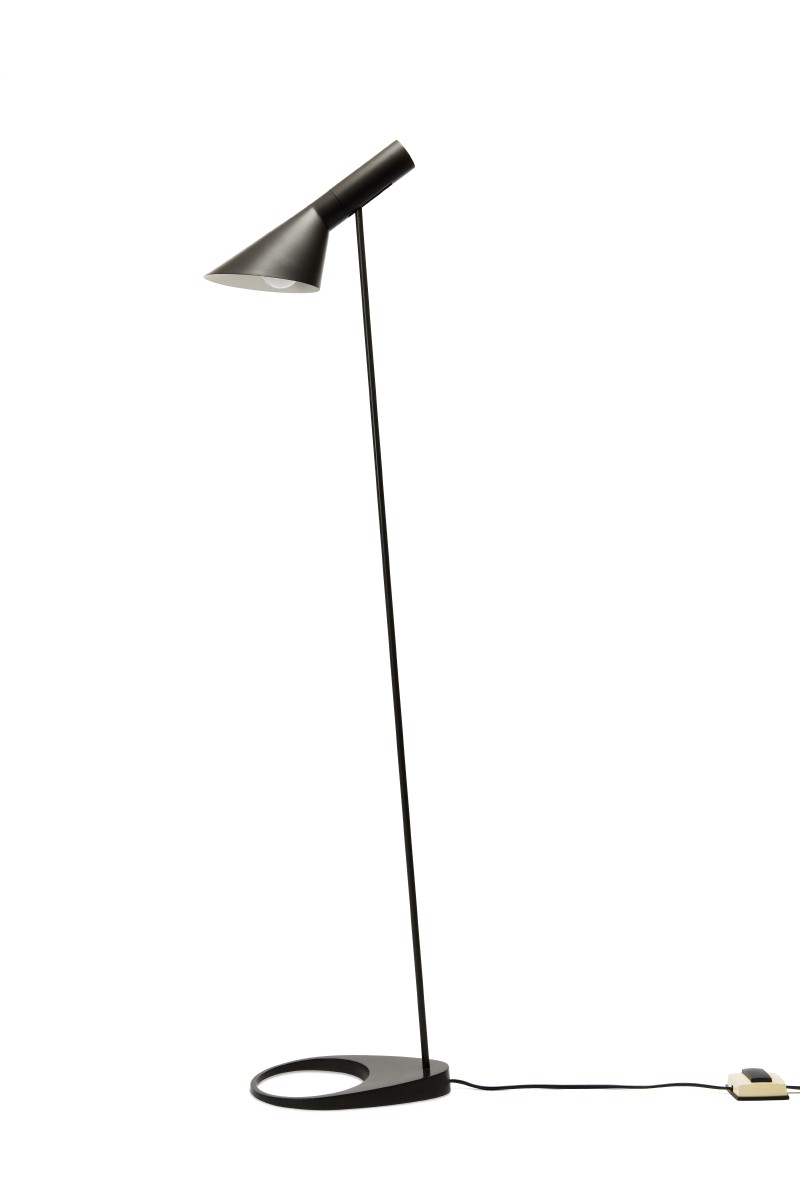Arne Jacobsen stieg in den Nachkriegsjahren und in den darauffolgenden Dekaden zur Leitfigur der dänischen Architektur auf. Von Charles Eames inspiriert, begann er Mobiliar im organischen Stil zu entwerfen. Die Leuchte AJ entstand wie viele andere Möbel und Einrichtungsgegenstände im Zusammenhang mit der Planung des SAS Hotels in Kopenhagen. Ein Bau im Auftrag der skandinavischen Fluggesellschaft Scandinavian Airlines System der zwischen 1956 und 1960 entstand und zum Gesamtkunstwerk des "Danish modern" avancierte. Noch heute ist das Gebäude ein Hotel, doch nur noch wenige originale Einbauten erinnern an die einstige Designikone.
Schenkung aus der Slg. Petra Verberne, Niederlande, 2016
2016.1433
en

